Node Resources
Node Resources
Node resources are a core concept of Bika.ai, forming the foundation for building applications and managing content. Node resources not only help you organize and manage various types of resources but also enable sharing and collaboration with other users, achieving more efficient development and operations.
Node Resources Types
Database
Used to store structured data, similar to spreadsheets or traditional database. Can be used to manage various types of information, such as customer lists, product catalogs, task lists, etc.
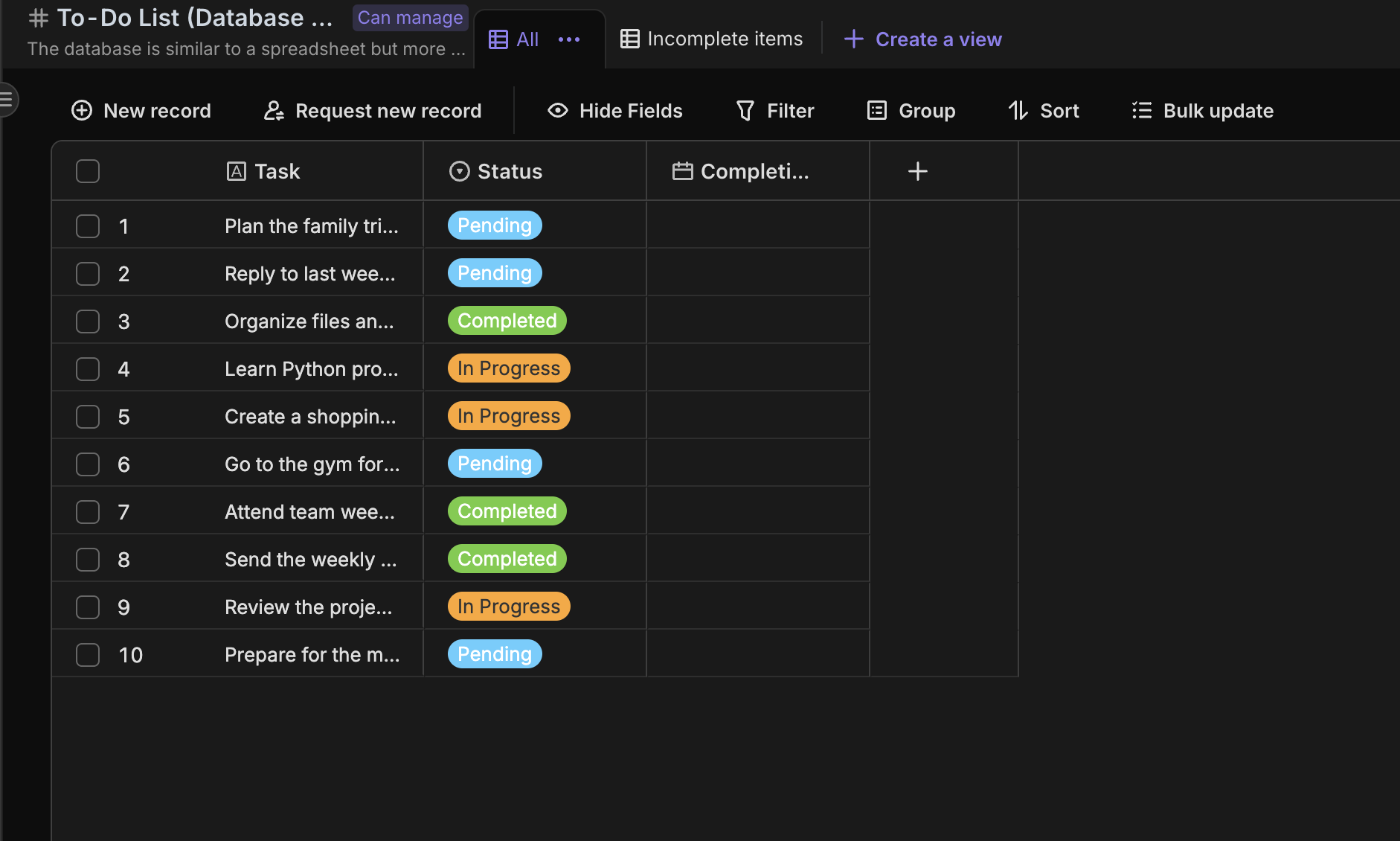
Automation
Used to create automated workflows, such as automatically sending emails, updating data, generating reports, etc.
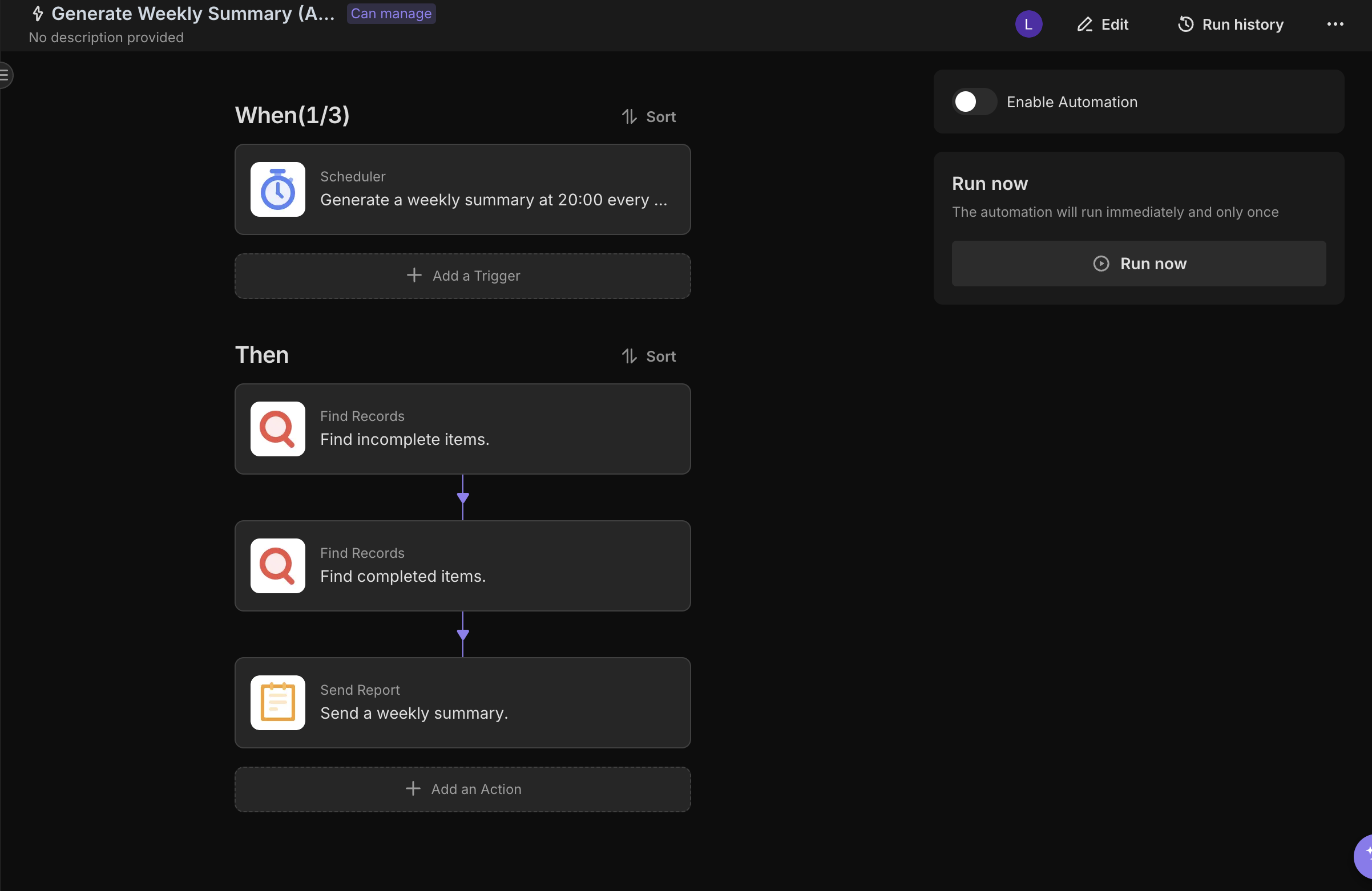
Folder
Used to organize and manage other node resources, similar to folders in a file system.
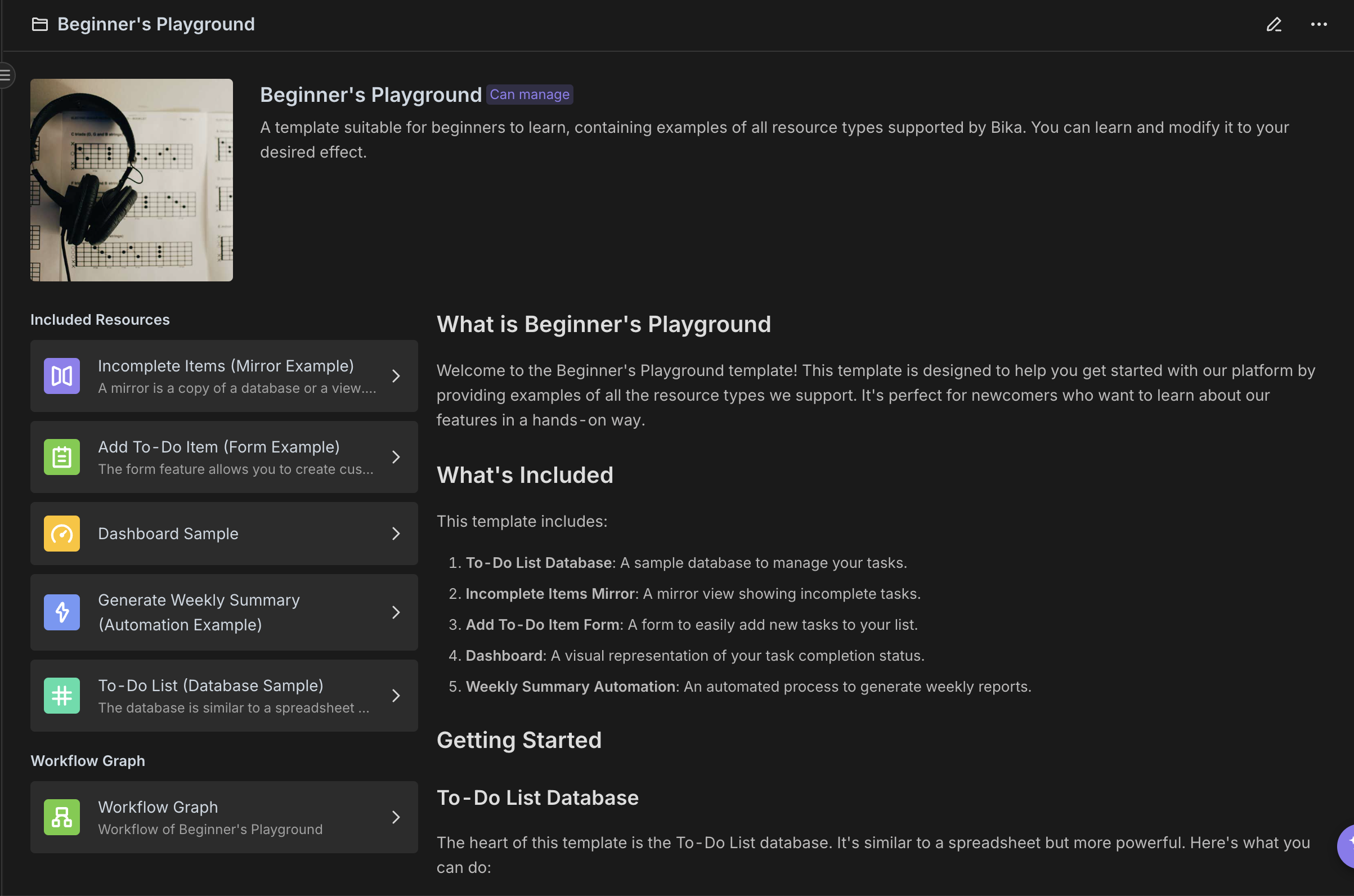
Form
Nodes used to collect user input, such as registration forms, surveys, feedback forms, etc.
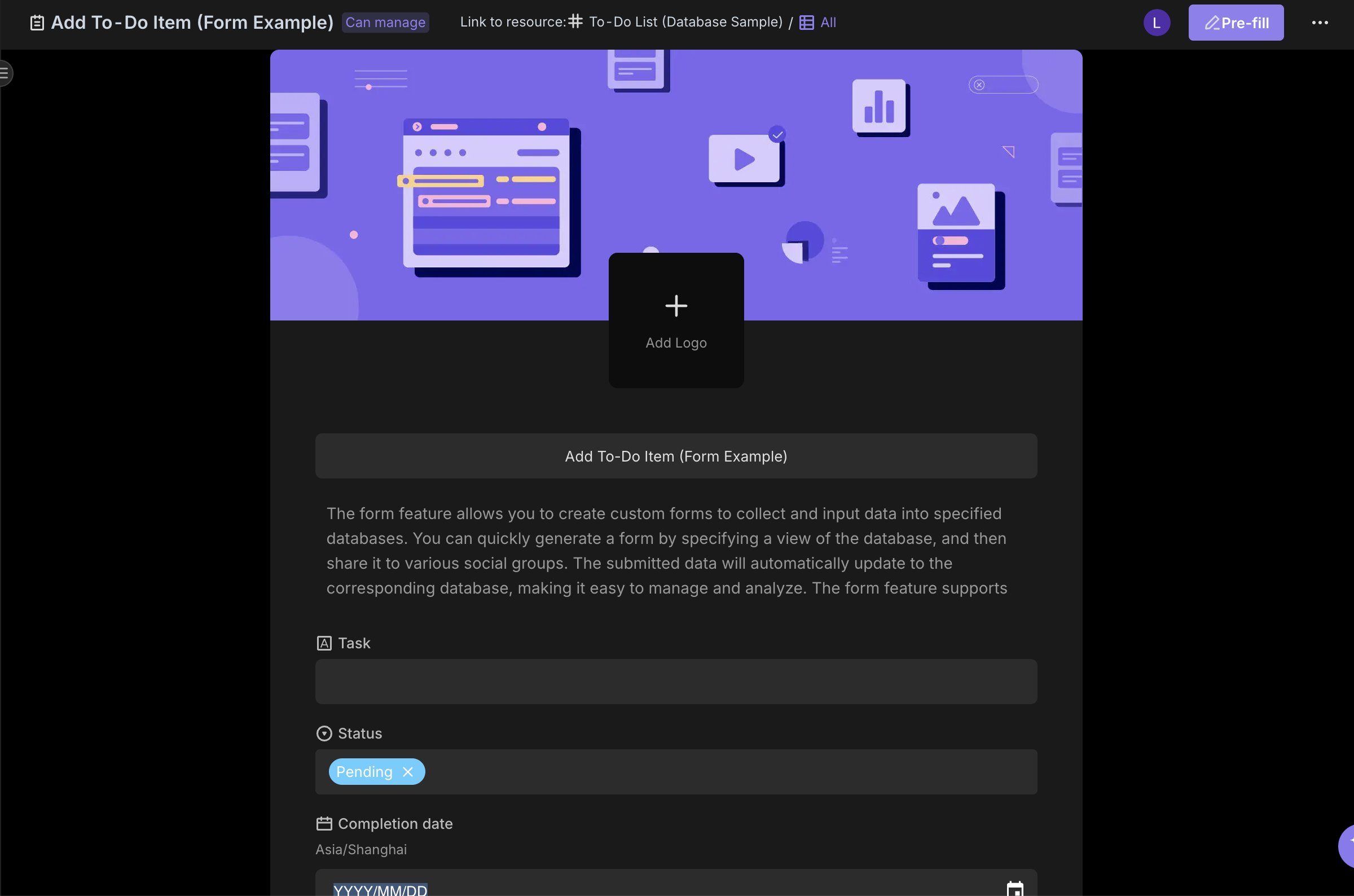
Mirror
Used to display different views of a database, such as kanban views, calendar views, gallery views, etc. These views can exist as separate node resources in the resource list for easy access.
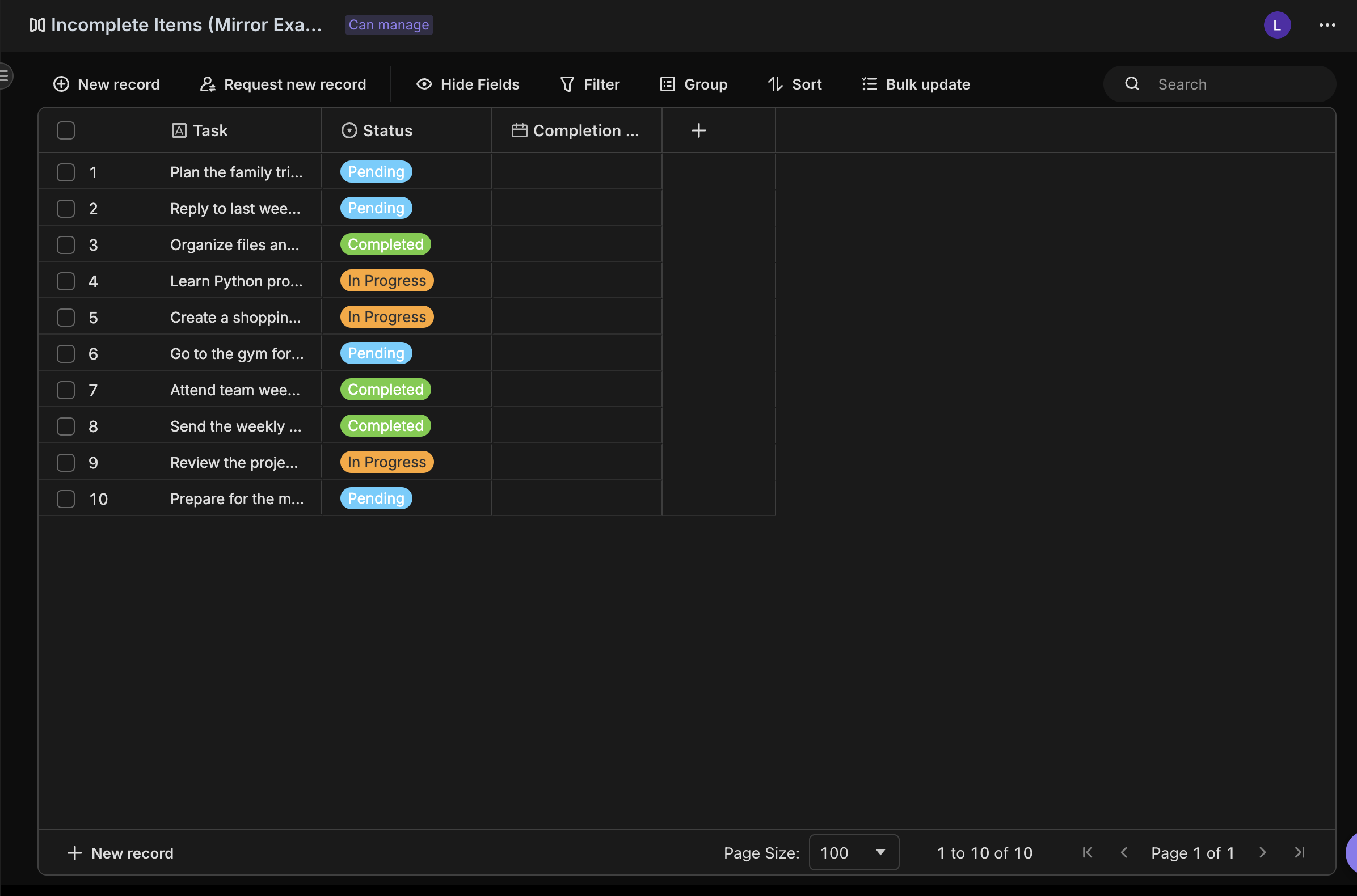
Document
Used to store and manage textual information, such as project documentation, meeting minutes, knowledge base articles, etc. Supports Markdown and other formats.
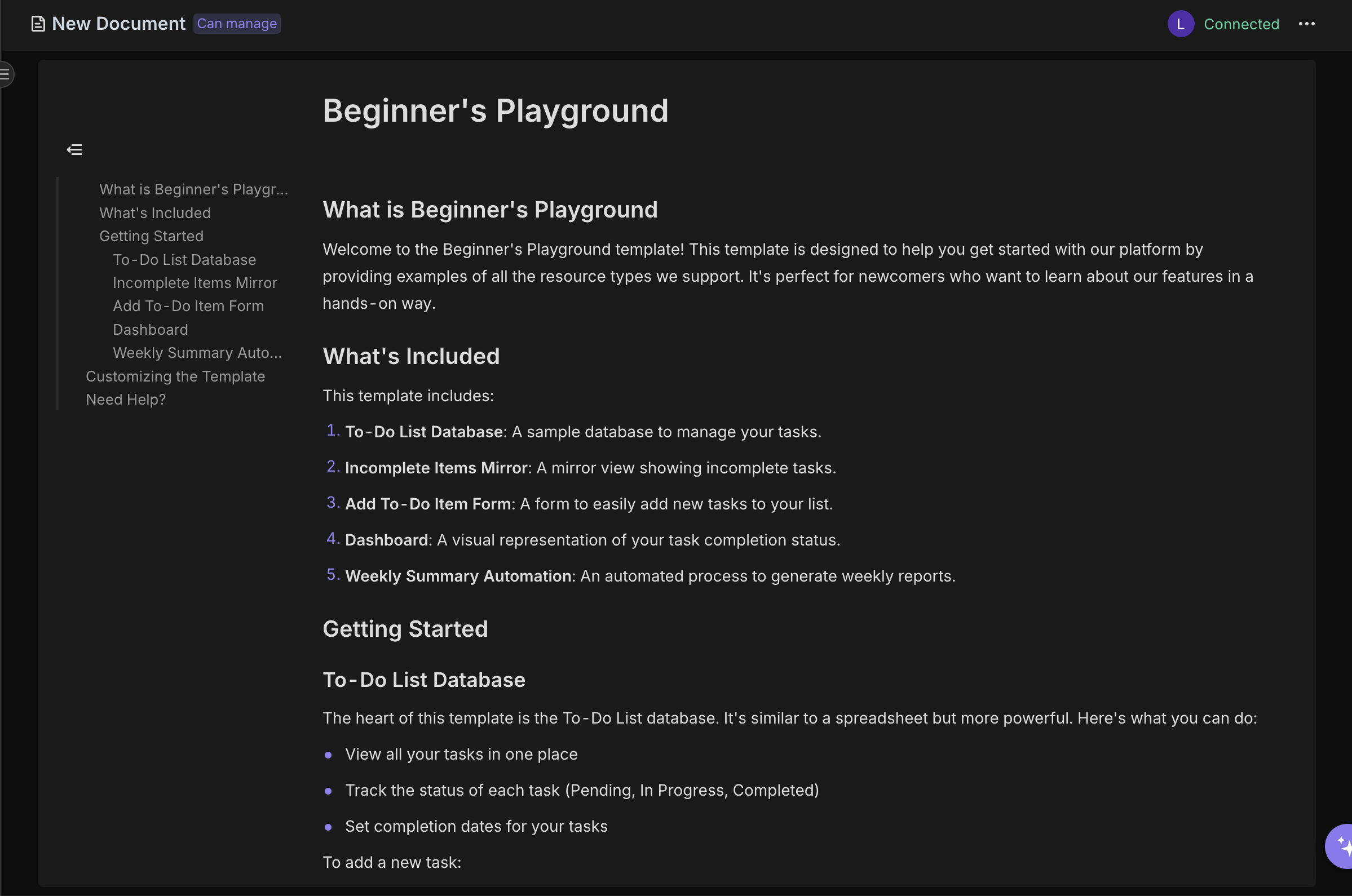
Dashboard
Used to visualize data and monitor metrics, such as sales figures, user activity, etc. Chart types and data sources can be customized.
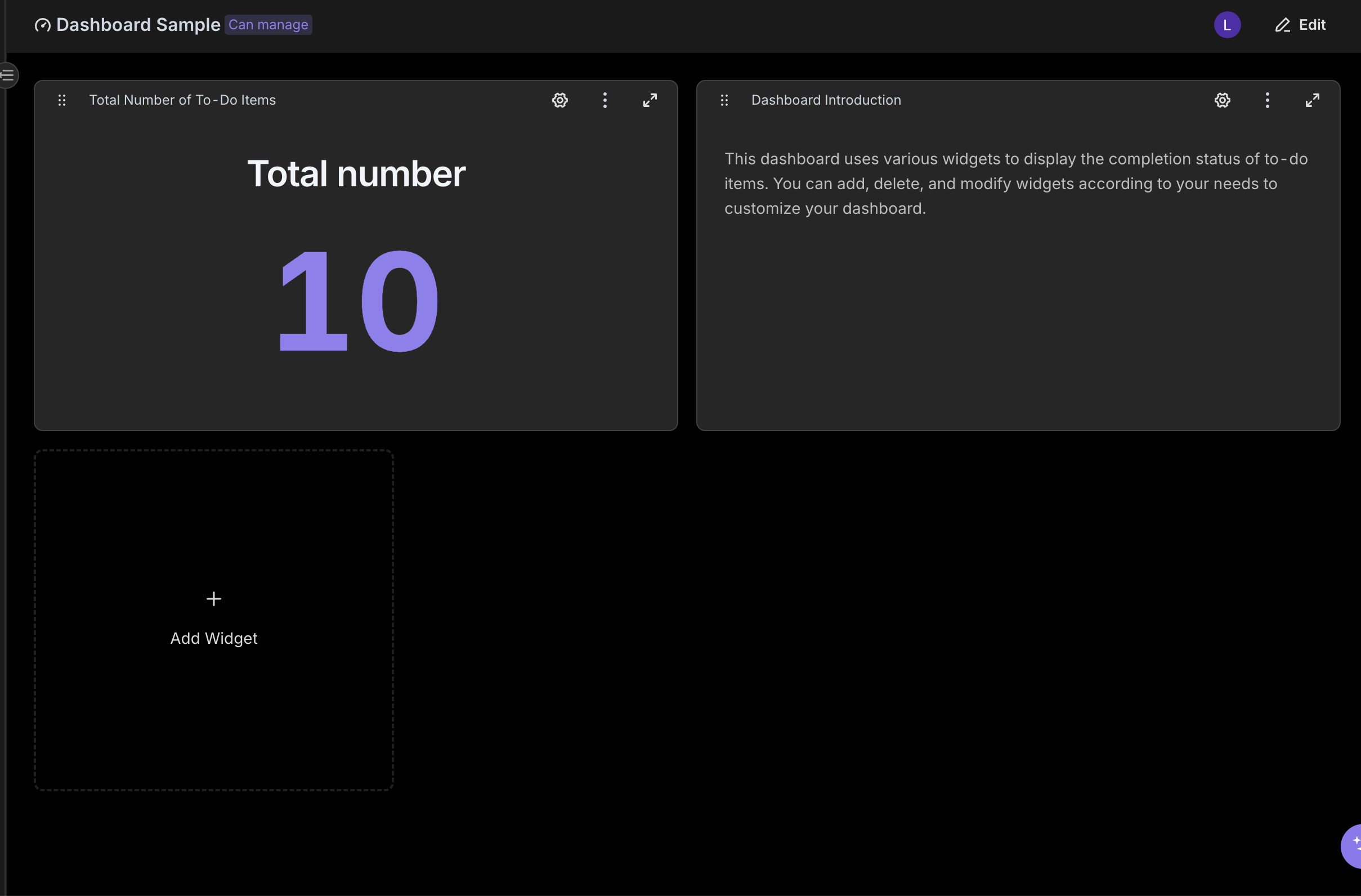
File
Used to upload, display, and store files, such as images, documents, videos, etc.
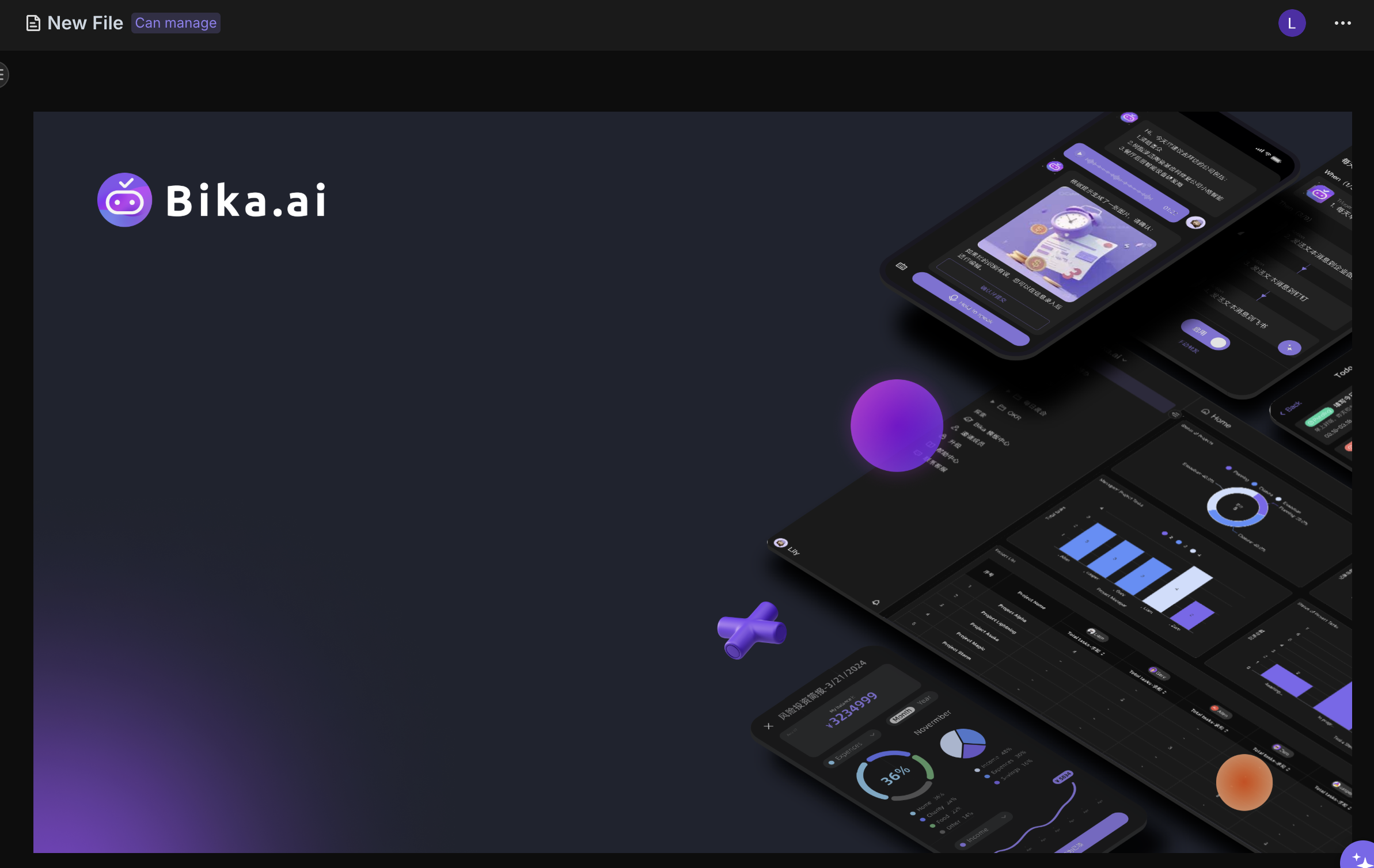
How to Create Node Resources
You can easily create node resources through the following steps:
- Click the create resource button in the resource list on the left
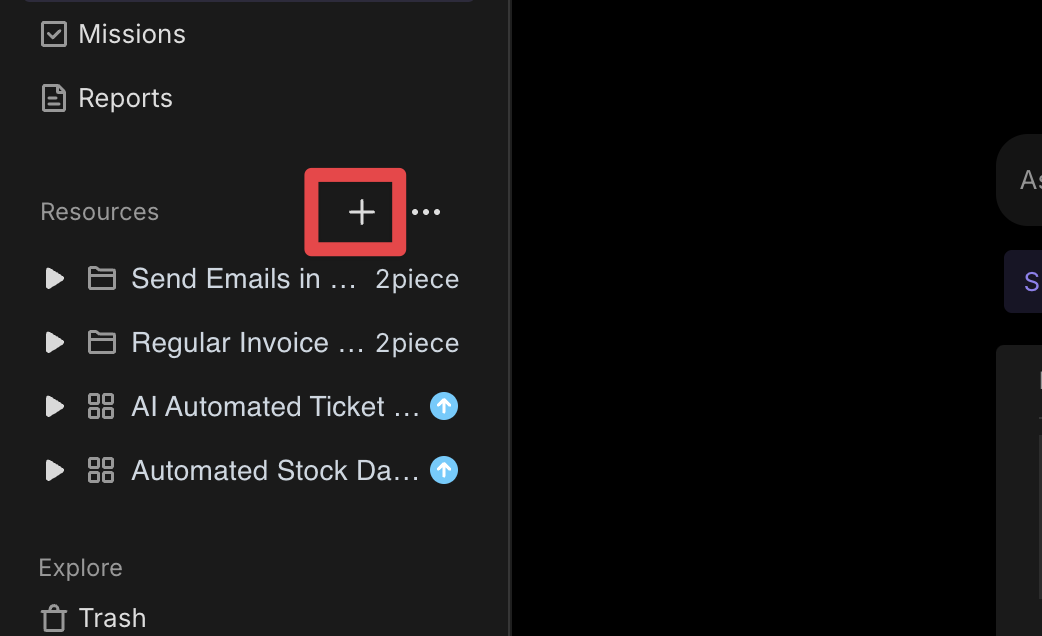
- Select the resource type you need to create from the categories on the left
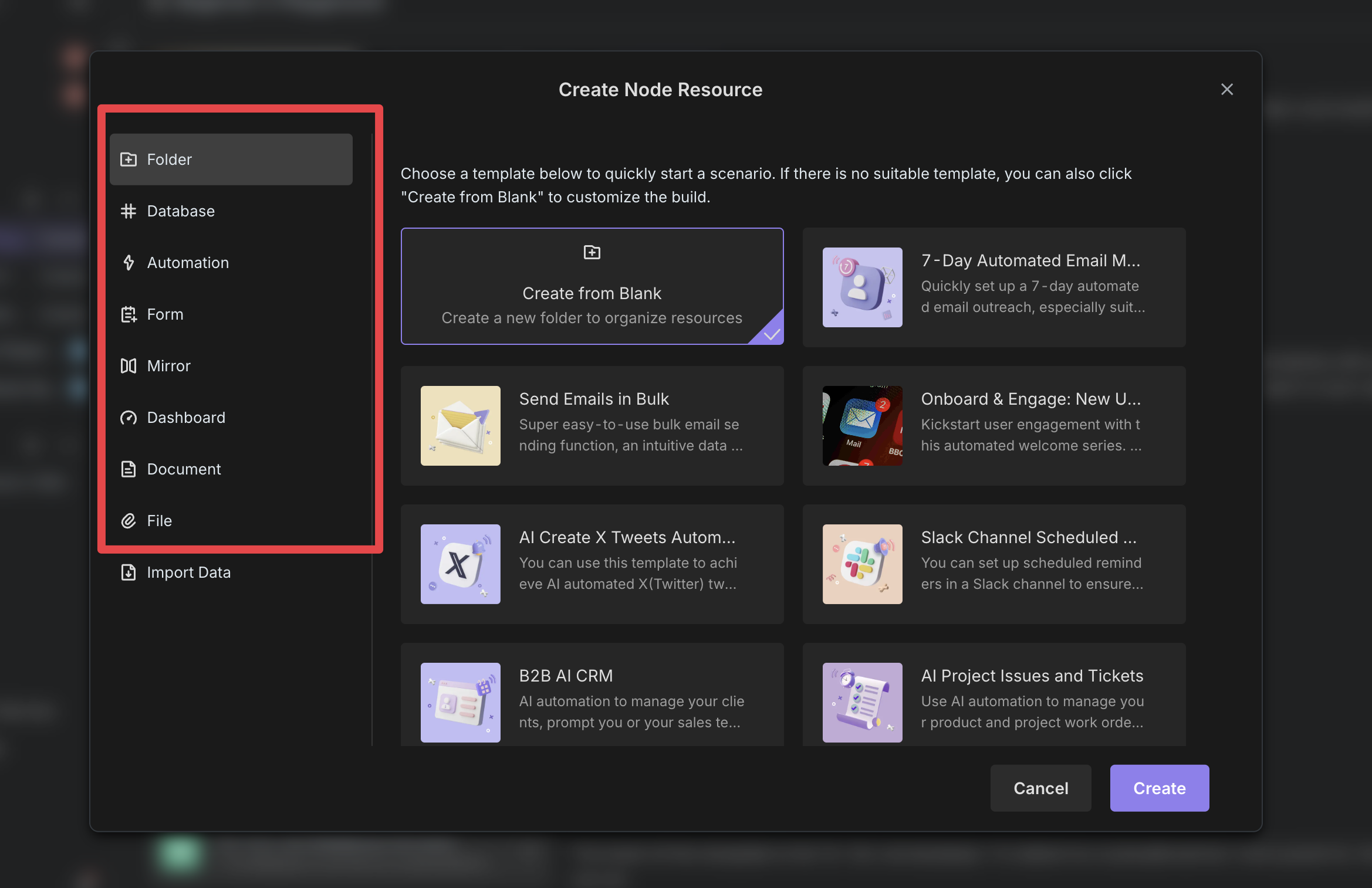
- You can start creating from a blank file or use our provided resource templates to create quickly
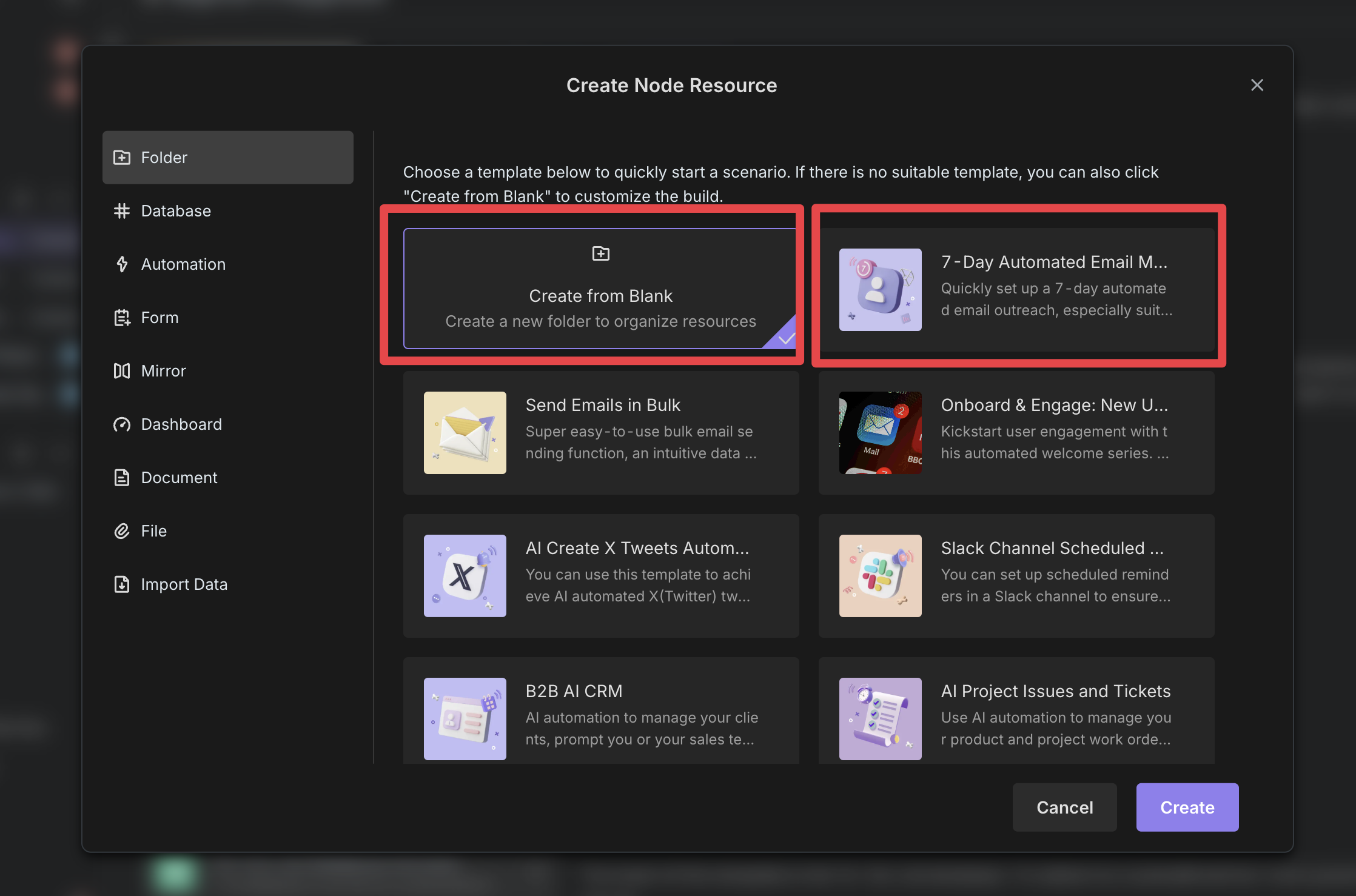
- Finally, click the "Create" button to complete the resource creation operation
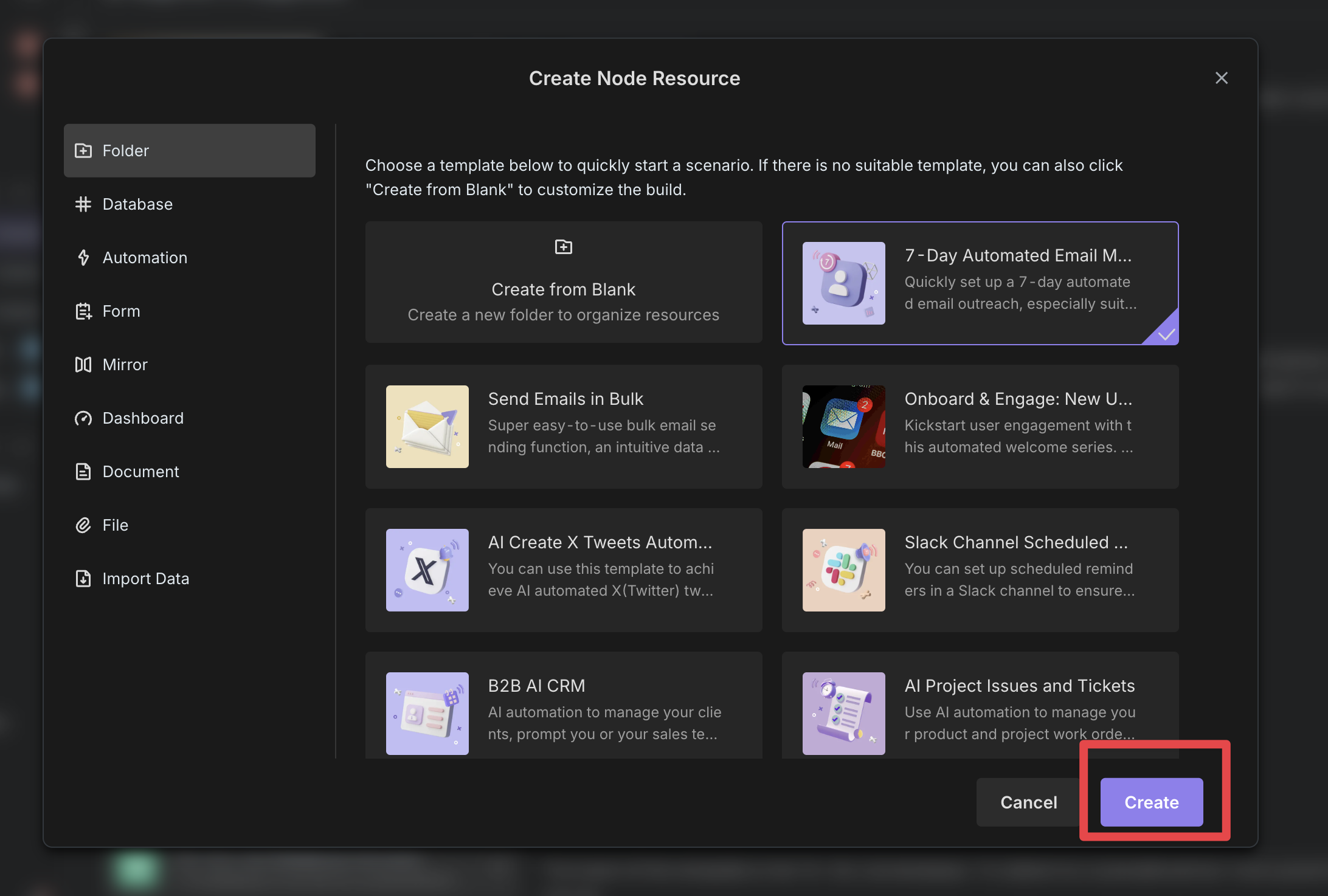
Deleting and Restore Node Resources
You can delete node resources that you no longer need at any time. Deleted node resources typically go to the "Trash", where you can restore them.
Deleting Node Resources
You can follow the steps below:
- Find the node resources you want to delete, and click the "Delete" button on the node resources menu
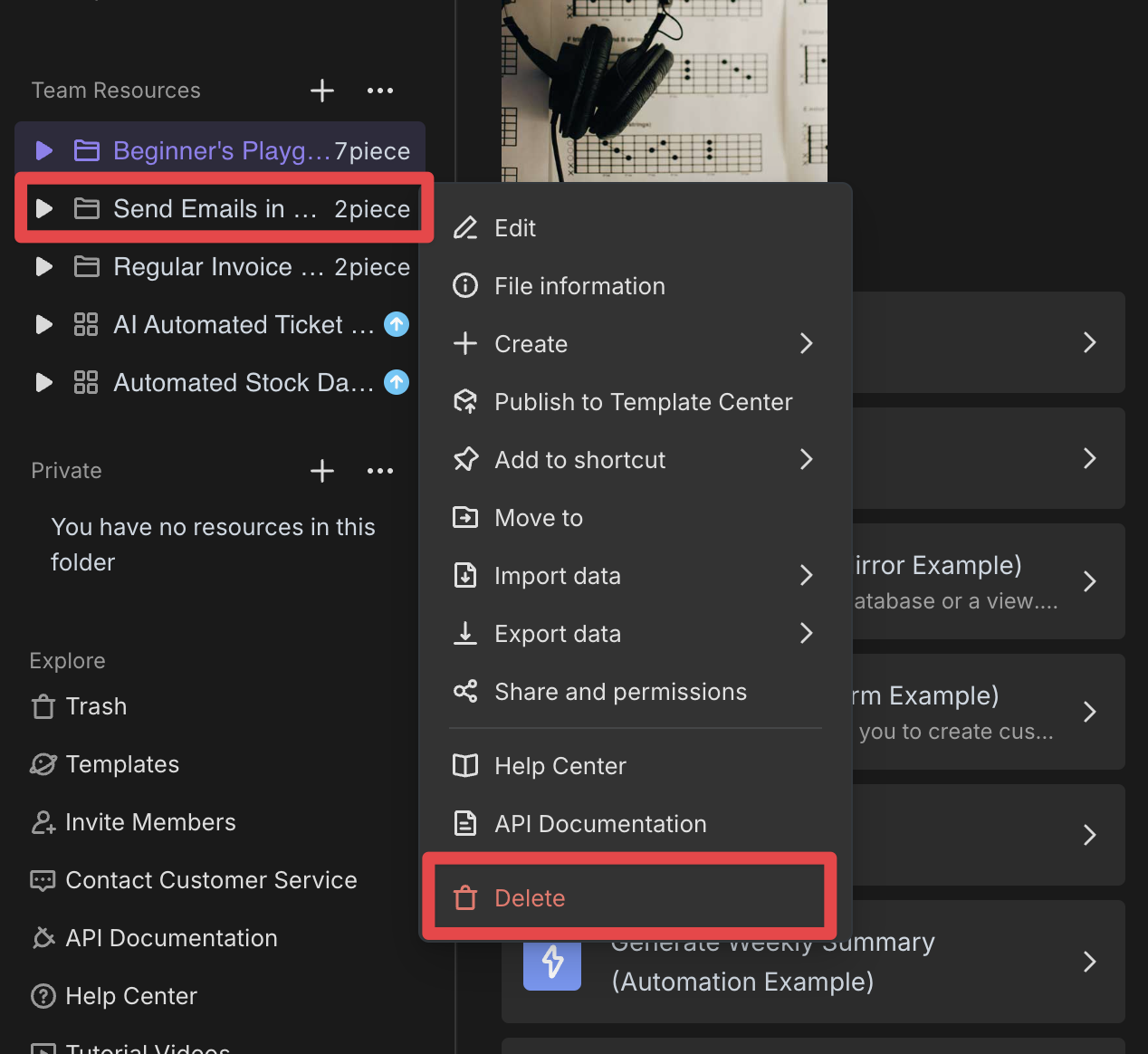
- Confirm the deletion operation
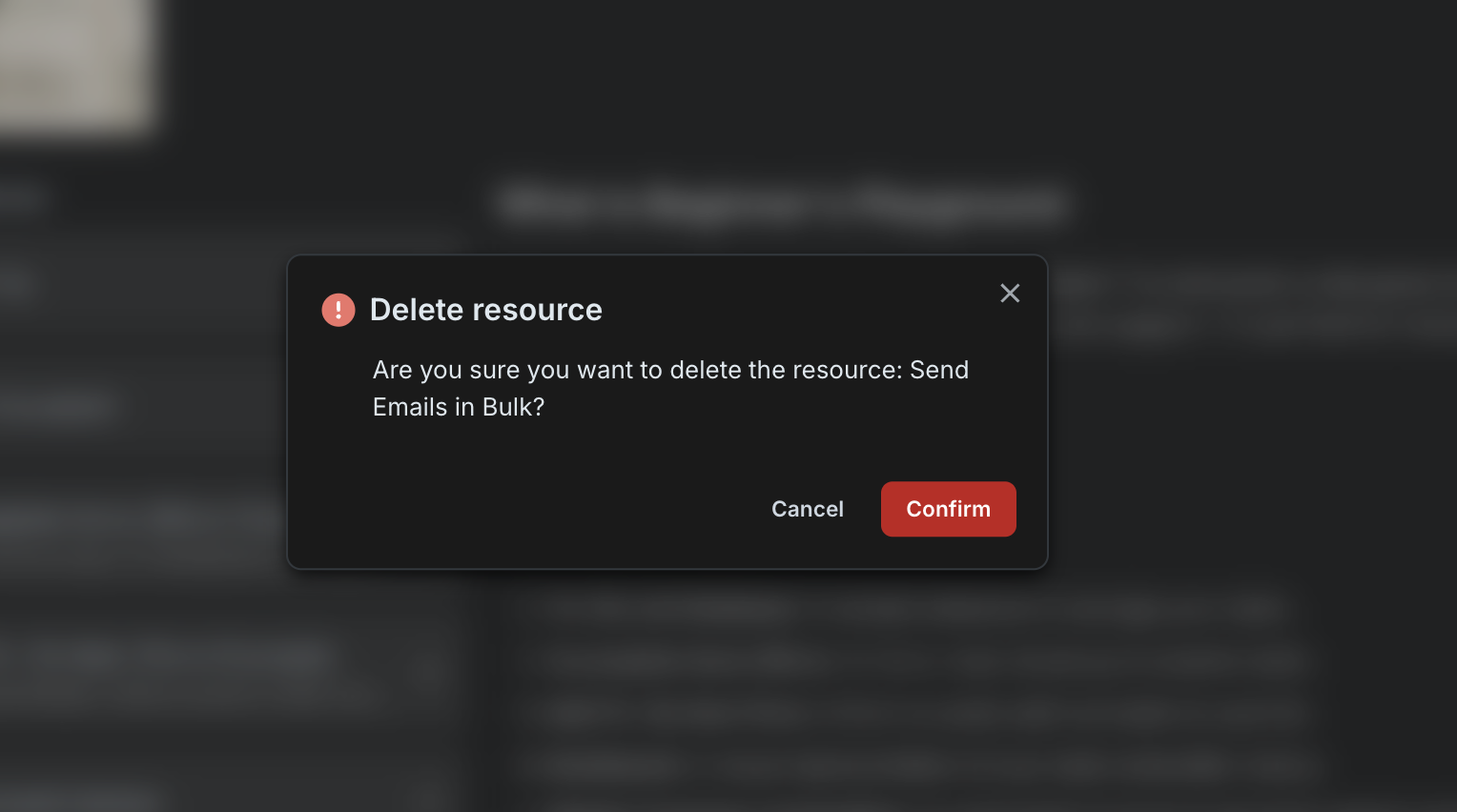
- After confirmation, the deletion is complete
Restore Node Resources
You can follow the steps below:
- Enter the space's trash
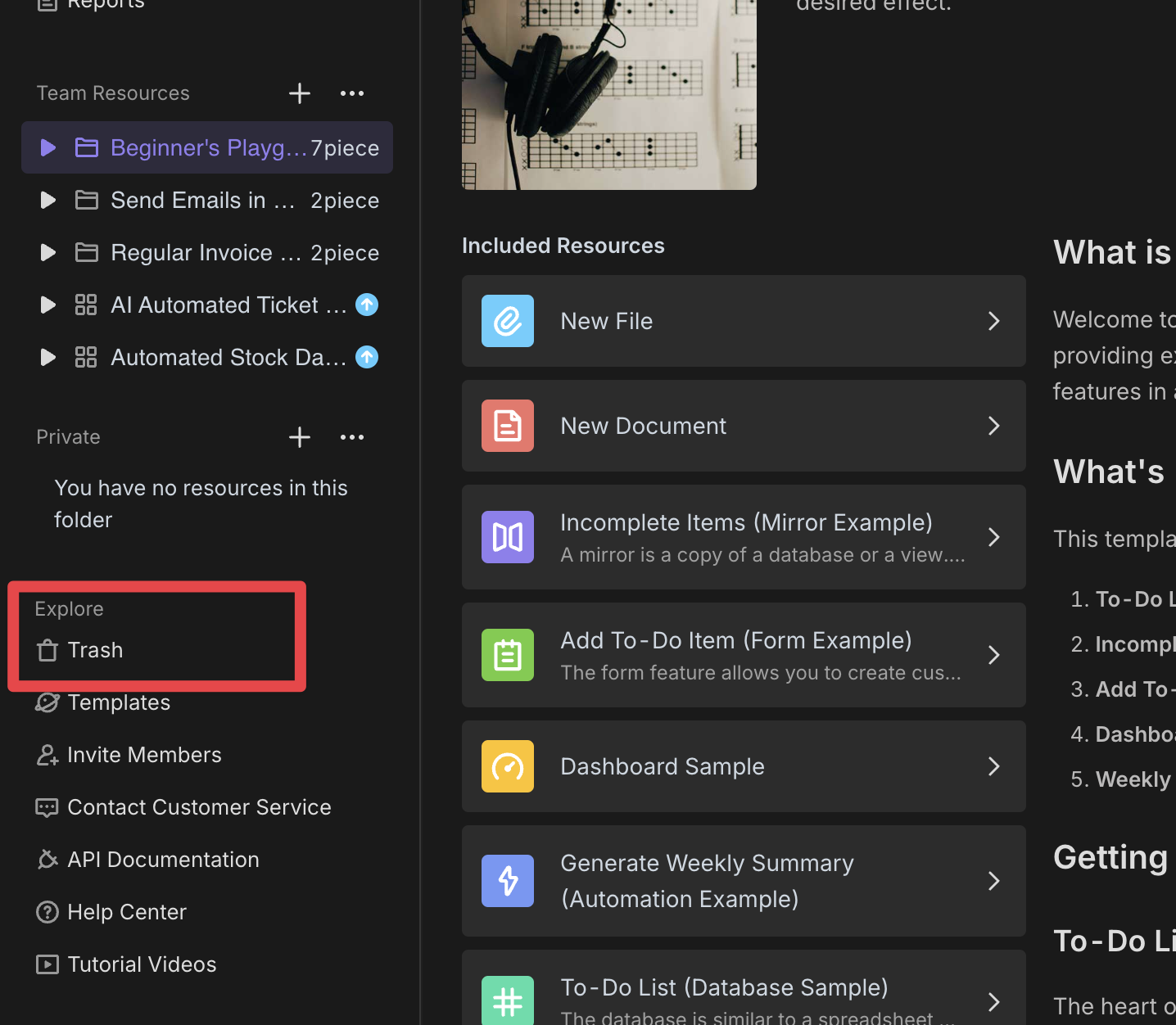
- Find the node resources you want to restore, and click the "Restore" button on the node resources
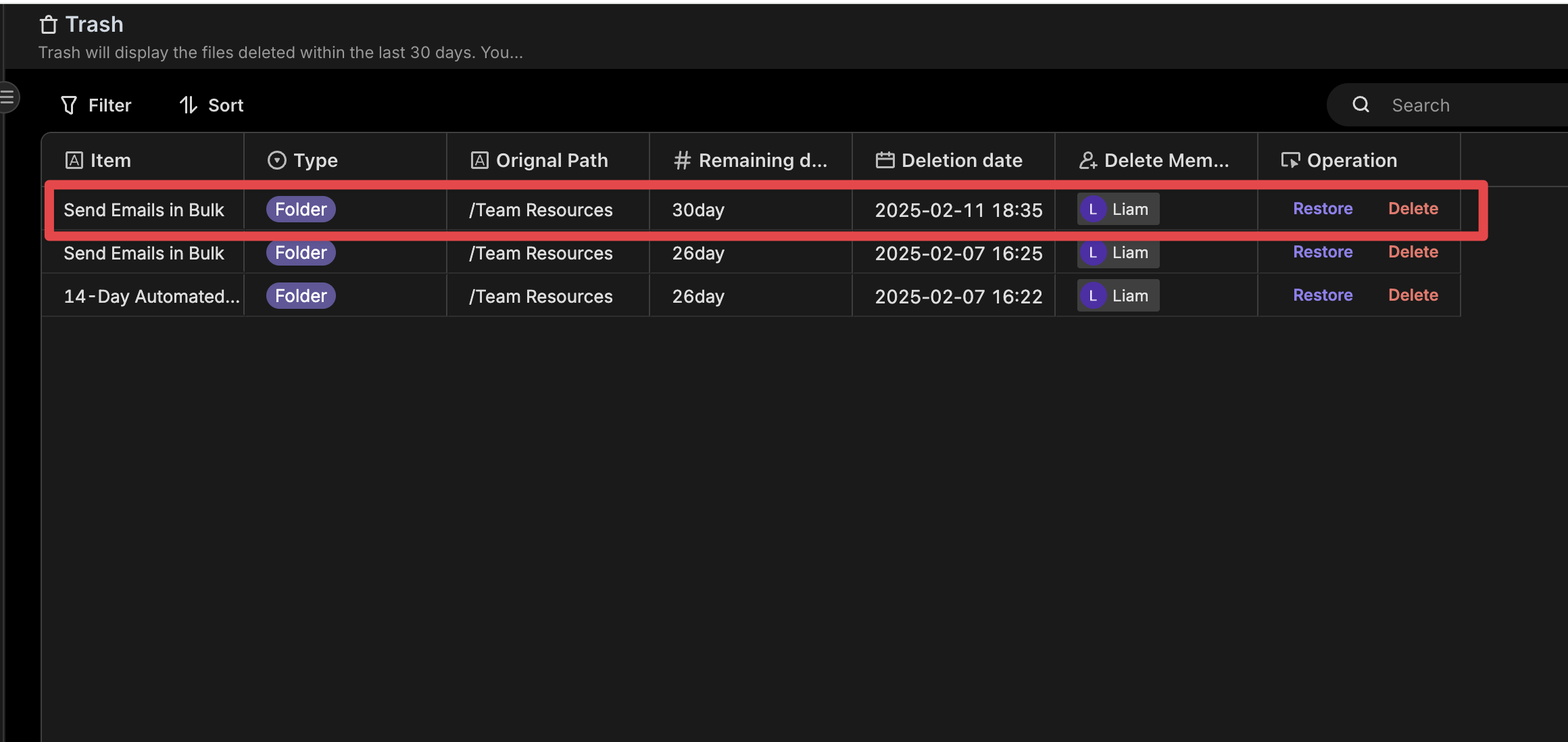
- Click OK in the second confirmation dialog to restore the node resources
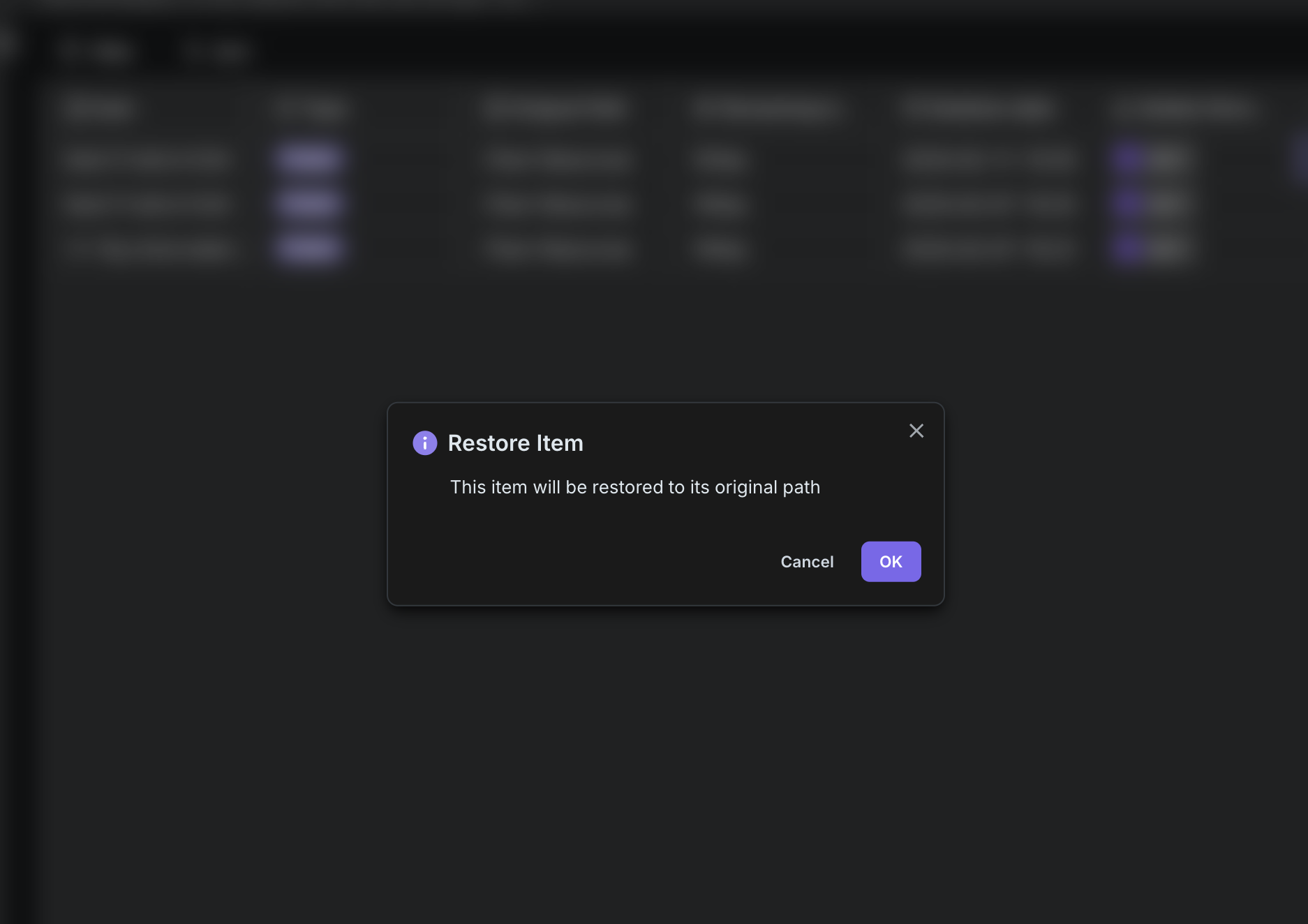
Note: If you delete a node resources again in the trash, the node resources cannot be restore afterward, so please operate with caution.
Node Resources Permissions and Settings
You can set different permissions for node resources to control other users' access to and operations on node resources.
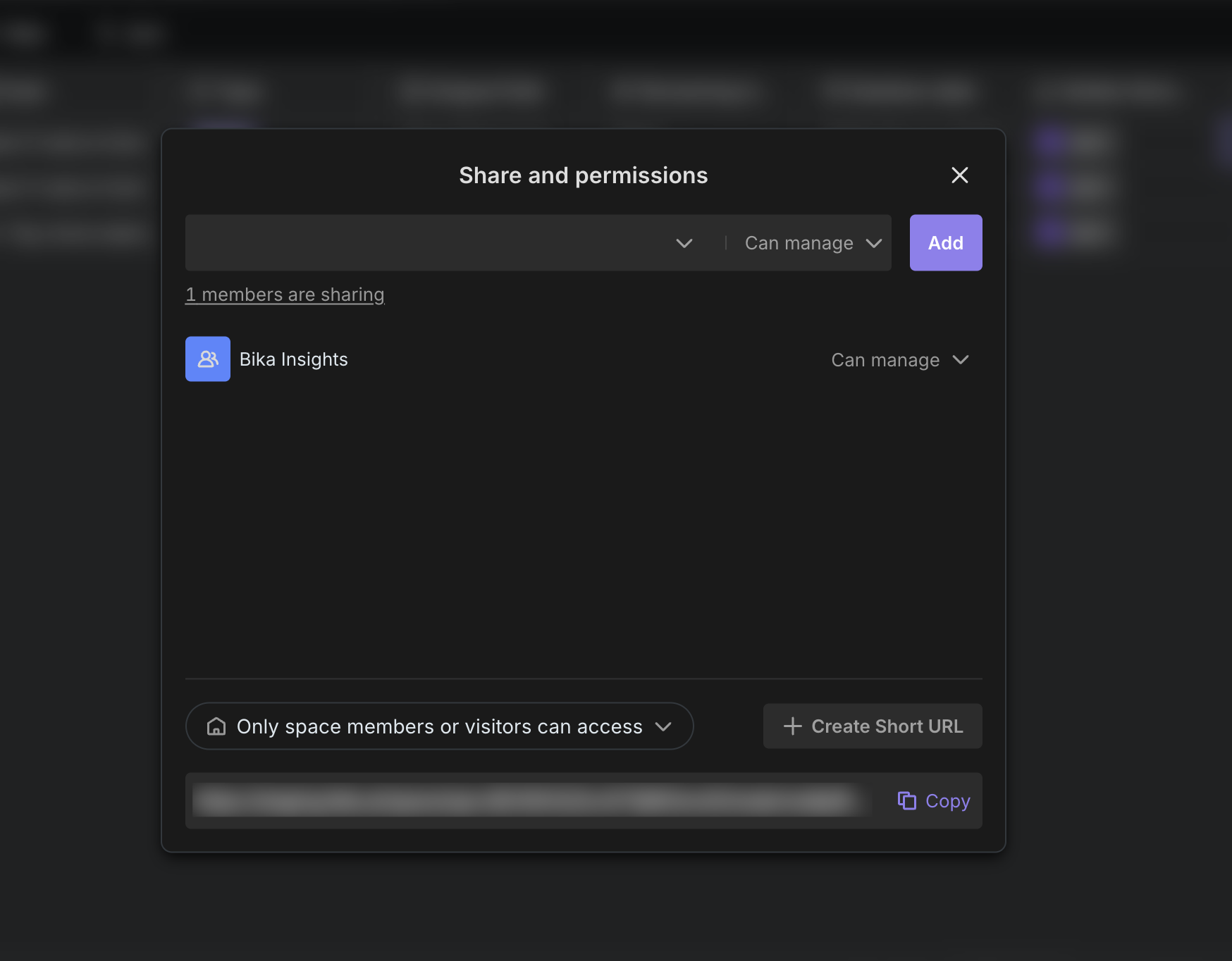
For more information about resource permissions, please refer to Resource Permission Management
Recommend AI Automation Templates


